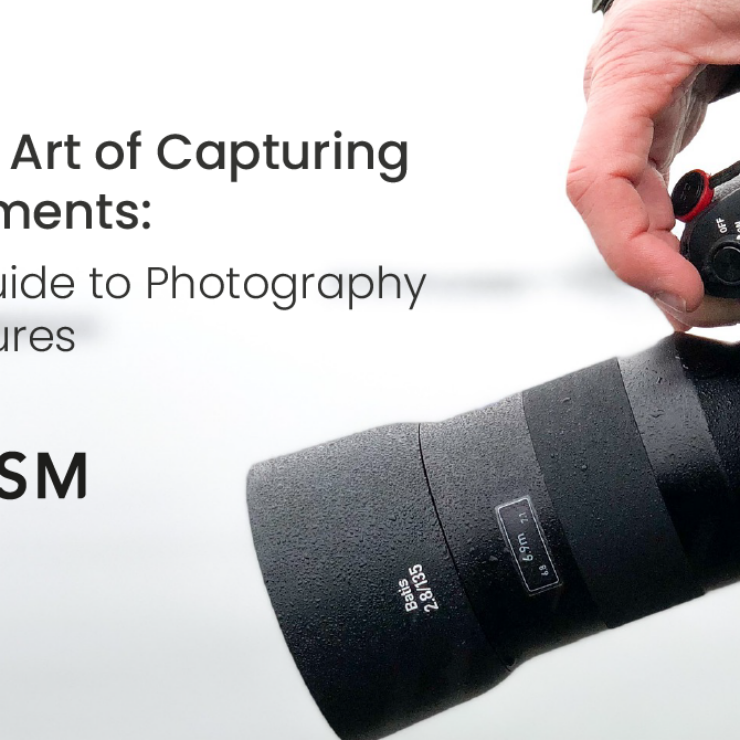“Learn how to watermark photos effectively with tools like Essential Studio Manager, protecting your images and enhancing your brand visibility.”
In today’s digital age, protecting your photos online is crucial. With the proliferation of social media, sharing platforms, and online portfolios, ensuring that your work is properly attributed and safeguarded against unauthorized use is more important than ever. One effective method is by watermarking your photos. This blog post will guide you through the process of watermarking your images, exploring different tools and techniques, and highlighting the benefits of using Essential Studio Manager to streamline this process.
Why Watermark Your Photos?

Watermarking your photos serves several purposes:
- Protect Your Work: A watermark acts as a digital signature, helping to protect your images from being used without permission. It discourages unauthorized use by clearly indicating the ownership of the photo.
- Brand Recognition: Consistent use of a watermark, especially one that includes your logo or brand name, can enhance brand recognition. It ensures that your work is associated with your name or brand, even if it is shared across different platforms.
- Professionalism: Watermarked photos often look more professional. They show that you take your work seriously and are proactive in protecting your intellectual property.
Types of Watermarks
There are various types of watermarks you can use on your photos, each serving a different purpose:
- Text Watermarks: These are simple and often include the photographer’s name, website, or copyright symbol. They are easy to create and can be applied to multiple photos quickly.
- Graphic Watermarks: These include logos or other graphic elements. They are visually appealing and can be customized to fit the aesthetics of the photo without being too intrusive.
- Patterned Watermarks: This type covers a large portion of the image with a semi-transparent pattern. While it provides high protection, it can also distract from the main content of the photo.
- Invisible Watermarks: These are embedded in the photo’s metadata and are not visible to the naked eye. They are useful for tracking images but do not provide visible attribution.
Tools for Watermarking Photos
Several tools are available for watermarking photos, ranging from free software to more advanced, paid options. Here are some popular choices:
- Adobe Photoshop: A powerful tool for creating both text and graphic watermarks. Photoshop allows for precise placement and customization of watermarks.
- GIMP: A free alternative to Photoshop, GIMP offers similar functionality for adding watermarks to images.
- Canva: This online tool is great for creating graphic watermarks. Canva provides a range of templates and design elements that can be easily customized.
- Watermarkly: A dedicated watermarking tool that supports batch processing, making it ideal for watermarking multiple images at once.
- Essential Studio Manager: More than just a watermarking tool, Essential Studio Manager offers comprehensive studio management features. It allows photographers to manage clients, bookings, and invoices, along with easily watermarking photos. This all-in-one solution is perfect for photographers looking to streamline their workflow.
Step-by-Step Guide to Watermarking Photos

Let’s go through the process of watermarking your photos using Essential Studio Manager:
1. Set Up Your Watermark
First, create a watermark that suits your brand. Essential Studio Manager lets you upload a custom watermark or design one using its tools. Ensure that the watermark is semi-transparent to avoid overpowering the photo.
2. Upload Your Photos
Upload the photos you want to watermark. Essential Studio Manager supports batch processing, allowing you to watermark multiple photos simultaneously. This feature saves time, especially when dealing with large volumes of images.
3. Apply the Watermark
Select the watermark and apply it to your photos. You can choose the position, size, and opacity to ensure the watermark complements the image without being too intrusive.
4. Review and Adjust
Preview your watermarked photos to ensure they meet your standards. Essential Studio Manager offers easy adjustments, so you can reposition or resize the watermark if needed.
5. Export and Save
Once satisfied, export your watermarked photos. Essential Studio Manager supports various formats and resolutions, ensuring your images are ready for different platforms.
Additional Tips for Effective Watermarking
- Placement Matters: Position your watermark in a place that is hard to crop out without damaging the photo’s composition. Corners are common, but more central or repetitive placements are considered for better protection.
- Opacity: Set the watermark opacity low enough to not distract from the image but high enough to be visible.
- Consistency: Use the same watermark across all your photos to establish a consistent brand presence.
- Size: Ensure the watermark is not too large to overshadow the photo or too small to be easily removed.
Benefits of Using Essential Studio Manager

Essential Studio Manager is not just a watermarking tool; it’s a comprehensive solution for photographers. Here’s why it’s a great choice:
- Client Management: Track clients, manage bookings, and keep all your client information in one place.
- Invoicing: Create and send invoices directly from the platform, simplifying your billing process.
- Project Management: Keep track of your projects, set deadlines, and manage your workflow efficiently.
- Secure Storage: Essential Studio Manager offers secure cloud storage, ensuring your photos are safe and easily accessible.
Conclusion
Watermarking your photos is a simple yet powerful way to protect your work and promote your brand. By following the steps outlined in this guide, you can effectively watermark your photos and enjoy the peace of mind that comes with knowing your images are safeguarded. Essential Studio Manager provides an excellent platform for not only watermarking but also managing your entire photography business, making it a valuable tool for photographers at all levels.
Remember, watermarking is just one aspect of protecting your digital content. To keep your work secure, regularly update your techniques and stay informed about new tools and methods.
Frequently Asked Questions (FAQs)
1. Can watermarks be removed from photos?
Yes, watermarks can be removed, but it’s often challenging and time-consuming. Using a well-placed watermark can deter unauthorized removal. However, no method is entirely foolproof, so it’s essential to use watermarks as part of a broader strategy to protect your work.
2. Should I use a visible or invisible watermark?
It depends on your goal. Visible watermarks provide immediate attribution and discourage unauthorized use, while invisible watermarks are more about tracking and proving ownership. Combining both can offer a robust solution.
3. Can I watermark photos using my smartphone?
Yes, several mobile apps allow you to watermark photos. Apps like iWatermark, Add Watermark, and Phonto are popular options. However, for professional photographers, using desktop software or tools like Essential Studio Manager is recommended for better control and quality.
4. Is watermarking necessary for all photos?
Not necessarily. For high-value images, such as professional photography or artwork, watermarking is crucial. For personal photos or less critical images, it might not be as important. Consider the value and potential misuse of your photos when deciding.
5. How do I choose the right watermark style?
Choose a watermark that aligns with your brand identity. A text watermark with your name or website is simple and effective, while a logo watermark can enhance brand recognition. The key is to ensure it’s visible without detracting from the photo.
6. Does watermarking affect image quality?
If done correctly, watermarking should not significantly affect image quality. However, ensure that the watermark does not cover critical parts of the image or use colors that clash with the photo.
7. Can I use Essential Studio Manager for other tasks besides watermarking?
Yes, Essential Studio Manager is a versatile tool that offers a range of features for photographers, including client management, invoicing, project tracking, and secure storage. It’s designed to streamline your workflow and improve productivity.
8. How can I make my watermark more effective?
To make your watermark more effective, ensure it’s consistent across all images, use a clear and legible font, and position it strategically. Avoid making it too large or intrusive, and always consider the balance between visibility and subtlety.




